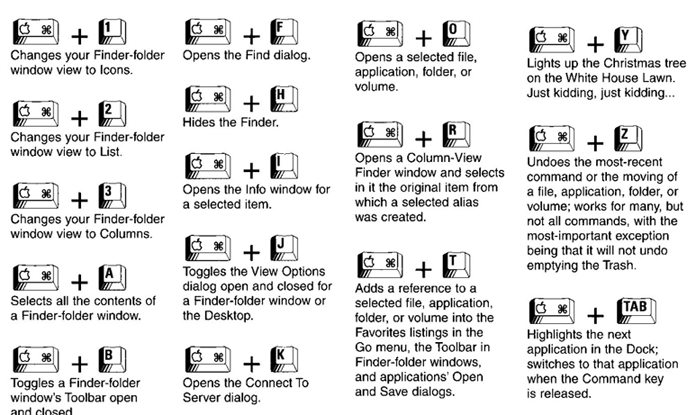
When a person asks about Windows PowerShell commands, are they really talking about native Windows PowerShell commands (such as the language statements For, Foreach, or Switch)? Or are they talking about Windows PowerShell cmdlets? Or are they talking about a string of Windows PowerShell cmdlets that taken together become a unique Windows PowerShell command? Other times, I will answer what I think their question is and be done with it.

At other times, I will directly answer the question, and then suggest a better way to accomplish what I think the goal is. Certainly, for example, I would use Get-Process to retrieve process information on my local computer-unless there was something that WMI would do differently or provide an alternate capability.Īt times, I will clarify a person’s question, intention, and goals. For example, it may be that the best way to accomplish a specific task is to not use WMI, but to use “native Windows PowerShell” functionality. What do I mean? Well, I recently received a question from a person who wanted to know how to “use WMI to do xyz…” Some questions are simply confusing, and other questions can be misleading, or even wrong. Microsoft Scripting Guy, Ed Wilson, is here. Summary : Ed Wilson, Microsoft Scripting Guy, provides a table of basic Windows PowerShell commands.


 0 kommentar(er)
0 kommentar(er)
